Indian Railways never fails to surprise it’s travelers with its astounding projects in order to enhance the train travel in India. The Chenab River Bridge is one of those next level wonder which is expected to be complete by the end of 2019. Several out of the box techniques and methods have been used to build the bridge over the highly rugged and difficult terrain.
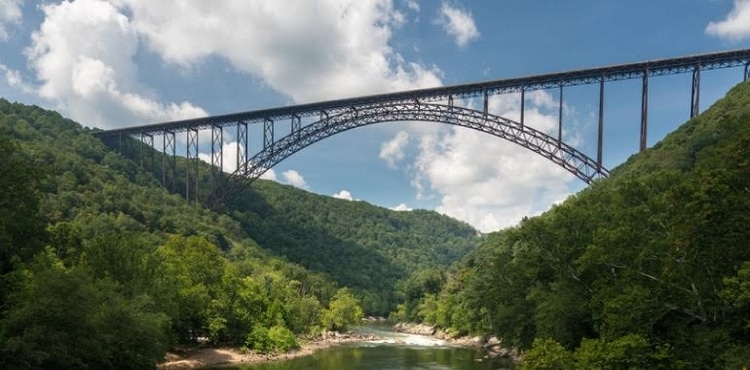
The bridge will span across the deep gorge of the Chenab river at a height of 359 m (1,178 ft) above the river and provide access to the Kashmir valley from Udhampur !!
It will be India’s remarkable engineering feat. It is built between Bakkal and Kauri in the Reasi district of Jammu & Kashmir, India. Here are some of the fascinating facts about the soon to be completed Chenab Bridge:
-
Height: It is a steel and concrete arch bridge which will be 1,315 m long and 359 m high above the Chenab River. This makes the bridge 35 meters taller than the Paris’s famous Eiffel Tower. It will have railway stations at both the terminal ends.
The bridge will be 5 times more than the Qutub Minar and twice the height of the Statue of Unity!! -
Connectivity: The Chenab bridge forms an important link in the 111-km railway line between Katra and Banihal. This segment is a part of the Udhampur-Srinagar-Baramulla section of the Kashmir Railway project. The Kashmir rail link project which is 325-km-long is said to be one of the most expensive stretches out of the entire railway line in India.
Currently, it takes exactly double the time - 13 hours - to reach Jammu from Baramulla in northern Kashmir, which is 60 km from Srinagar. The construction of the bridge started in 2002 when Atal Ji was the prime minister. -
Challenges: At a height of 359 meters, the strong wind in the area was a big threat to the project. B.D. Garg, chief administrative officer of this project in Northern Railway stated that "The weather in the region gets worse in no time due to the Himalayan range. At such height, the bridge can lose shape due to strong winds, which is why we have made a special design for this project."
Thus Indian Railways has proposed to install sensors on the bridge to check the wind velocity. Whenever the wind speed will exceed 90 kmph, the signal on the railway track will turn red to stop the train movement.
One of the biggest challenges involved was the construction of the bridge without obstructing the flow of the river. Therefore railways had to build around 22 km of approach roads which were used to reach the foundations of the bridge.
Defence Research and Development Organisation (DRDO) is working with Indian Railways to make sure that the Rs 12,000-crore bridge can withstand any major blast in the terrorism-prone region. To boost the safety and security measures, the bridge is being built with 63 mm-thick special blast-proof steel.
-
Shock resistant It can withstand earthquakes measuring up to eight on the Richter scale and high-intensity blasts. A detailed, site-specific seismic analysis has been carried out by experts from the Indian Institute of Technology (IIT), Roorkee, and the Indian Institute of Science (IISc), Bangalore. It will help bridge to sustain a Zone V earthquake forces. Zone V is the highest intensity zone in India.
Designed by consultants from Finland and Germany, the bridge is said to withstand a blast of 30 KG of explosives. The concrete pillars of the railway bridge have been designed to withstand explosions. For this, the bridge will include a 14 meter-wide dual carriageway and a 1.2 meter-wide central verge.
A steel structure is the most preferred choice at such location. Also, steel can take temperatures as low as -20 degrees Celsius. Steel can also resist speeds of above 250 kmph as well. For the construction of the bridge, 24,000-plus tonnes of steel will be utilized.
-
Security For enhancing safety, a ‘ring of aerial security’ will also be provided to protect the bridge. An online monitoring and warning system will be installed on the bridge for the safety of passengers and trains. Additionally, footpaths and cycle trails will be built adjacent to it.
For inspection and maintenance purposes, a ropeway is also being installed on the bridge. The bridge will be painted with a special corrosion-resistant paint, which lasts for 15 years. The bridge will take the load of 18 train coaches at a time.
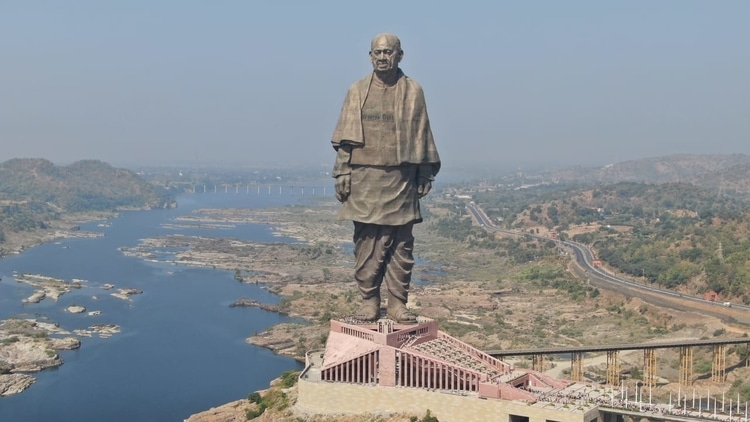
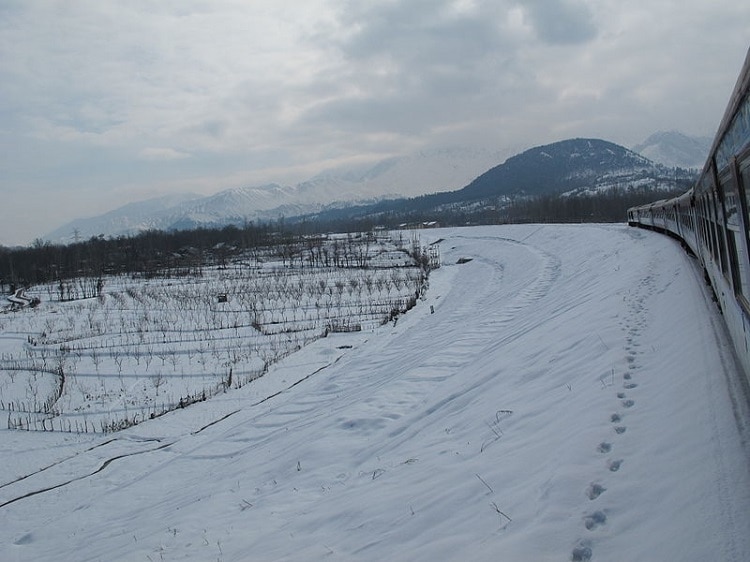

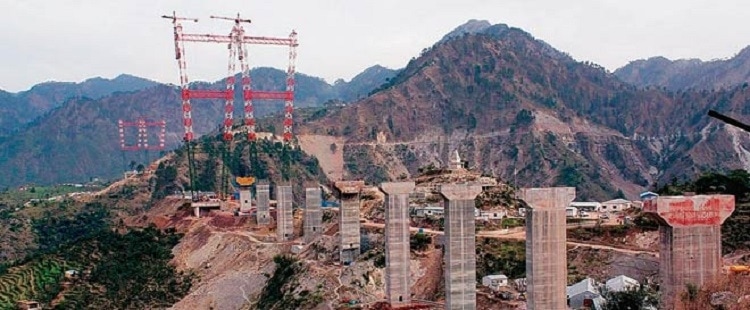
Surprisingly, the construction of the bridge got stopped in 2008 when the project was announced to be unsafe. However, the construction restarted in 2010. It has been declared as a national project now !!
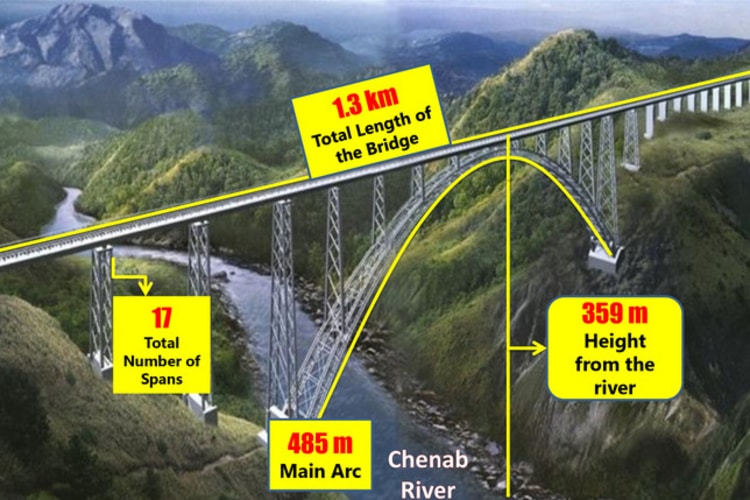
This is all for now. Do share when you visit this place. To check the PNR status, train seat availability or running status of any train just download trainman app.

